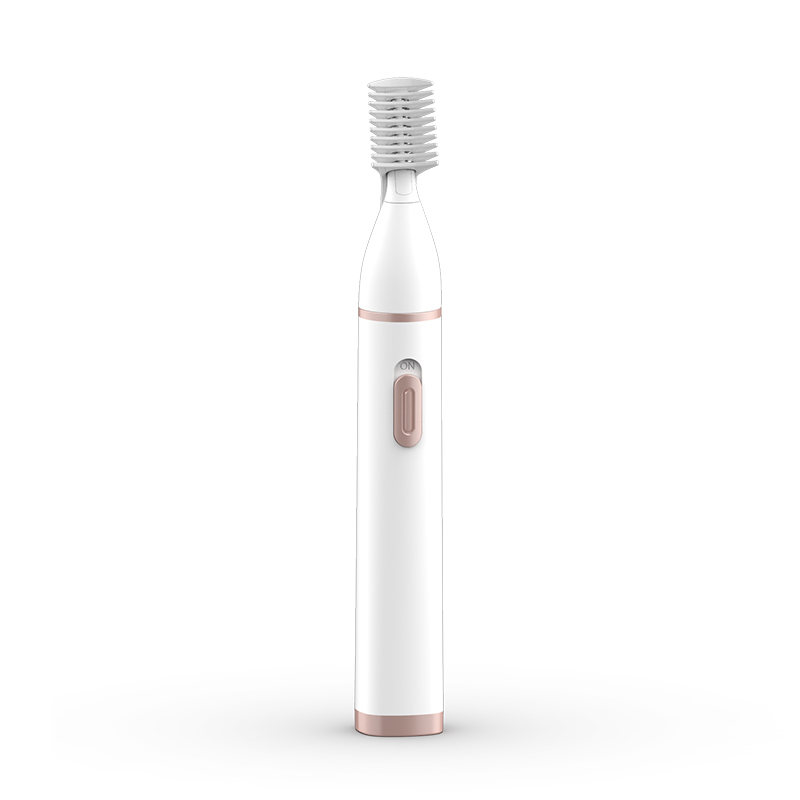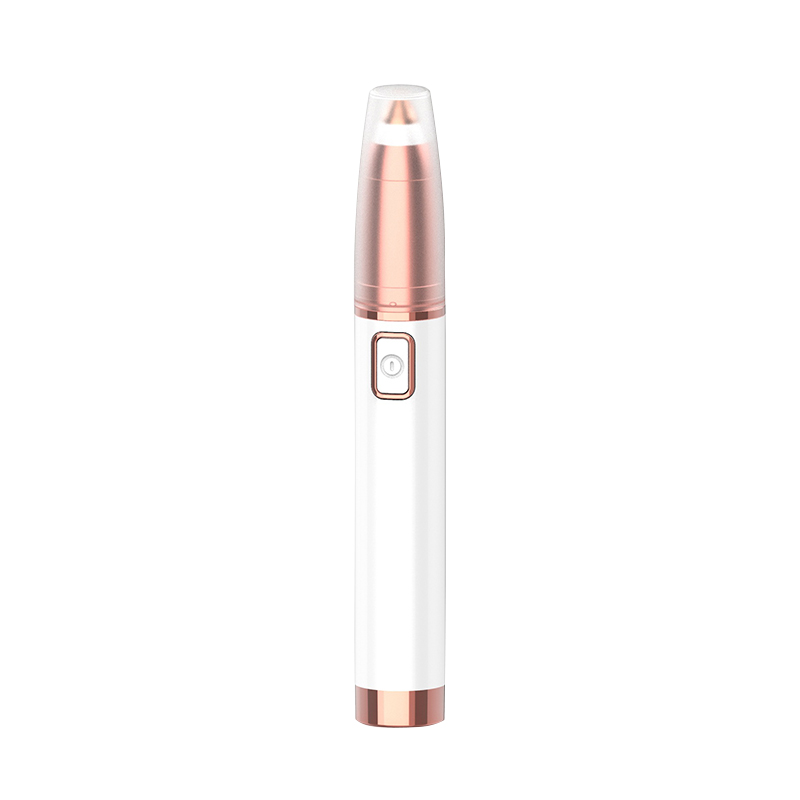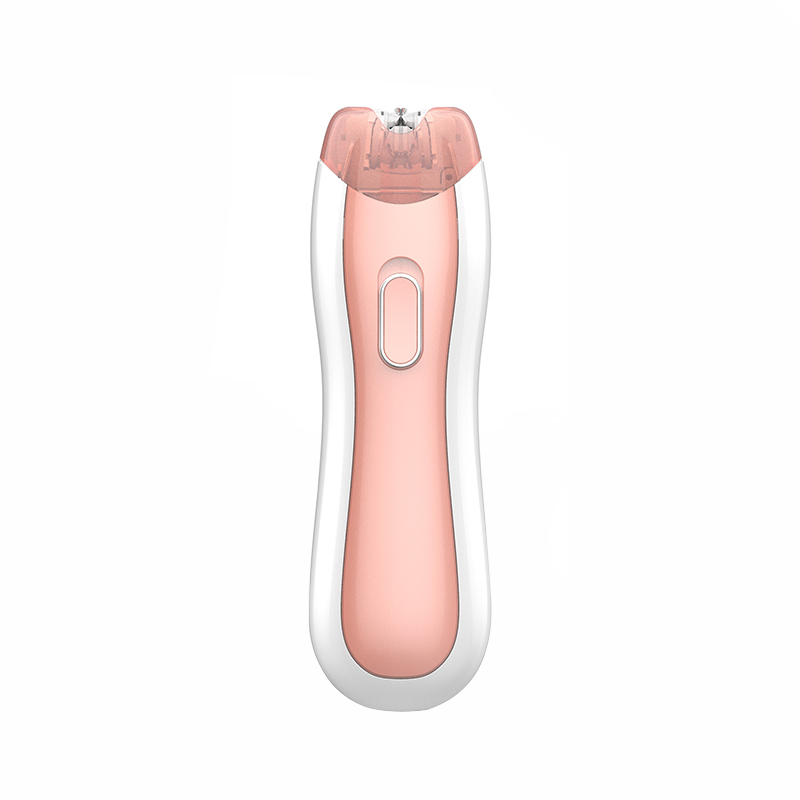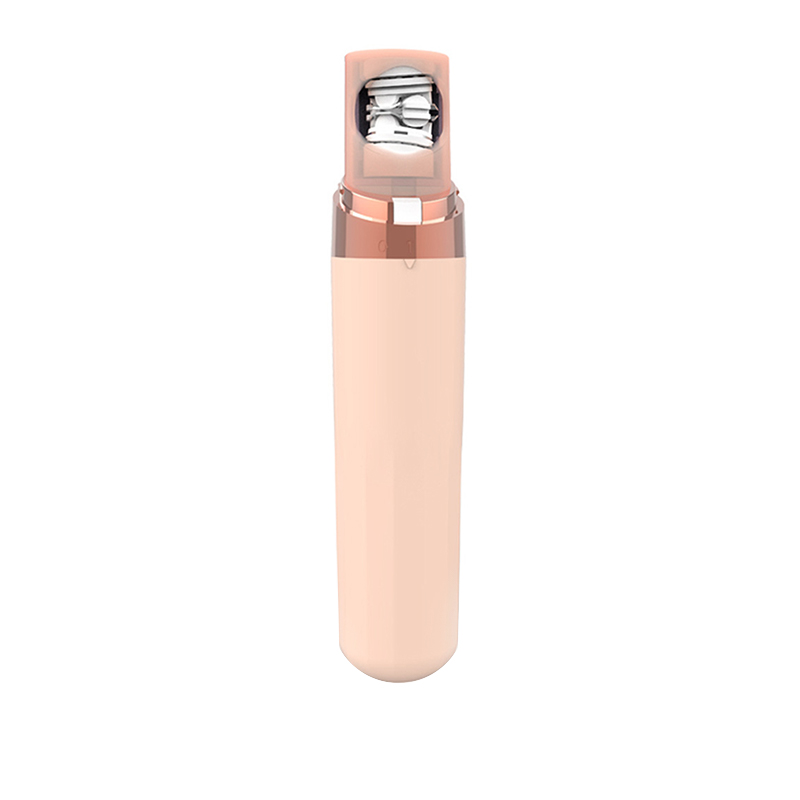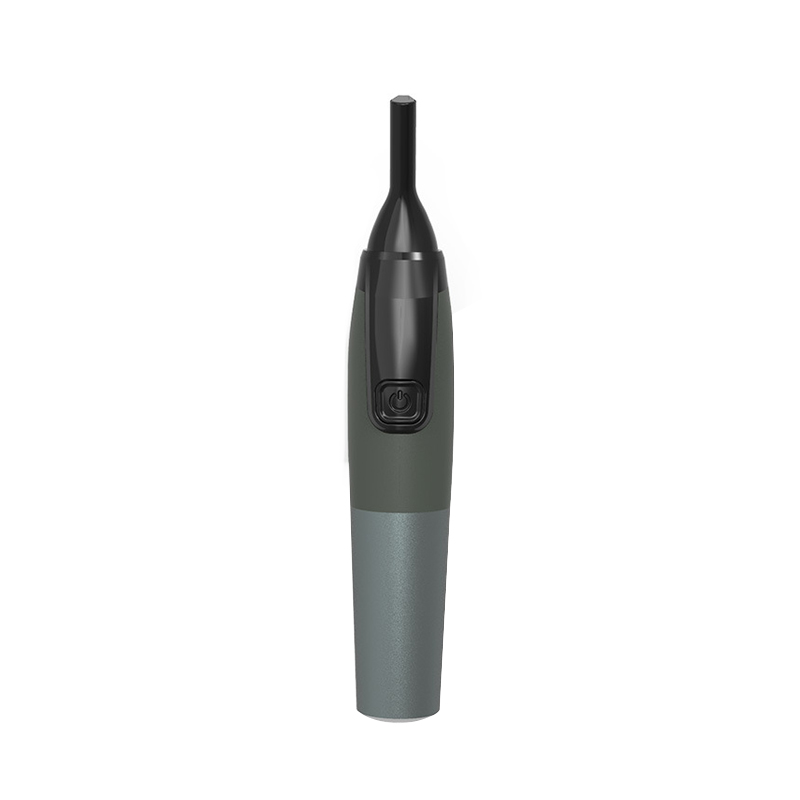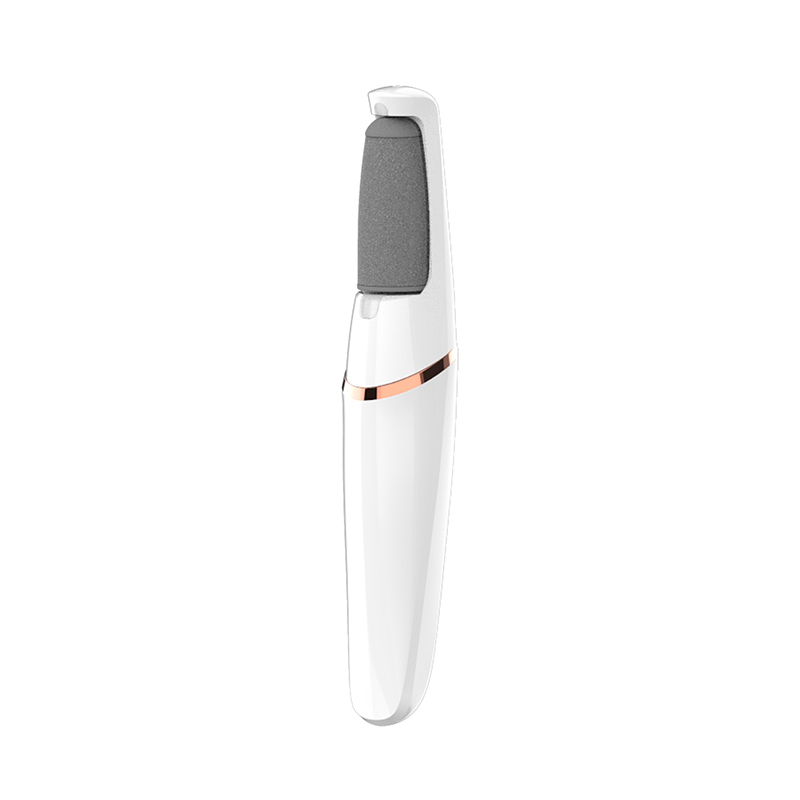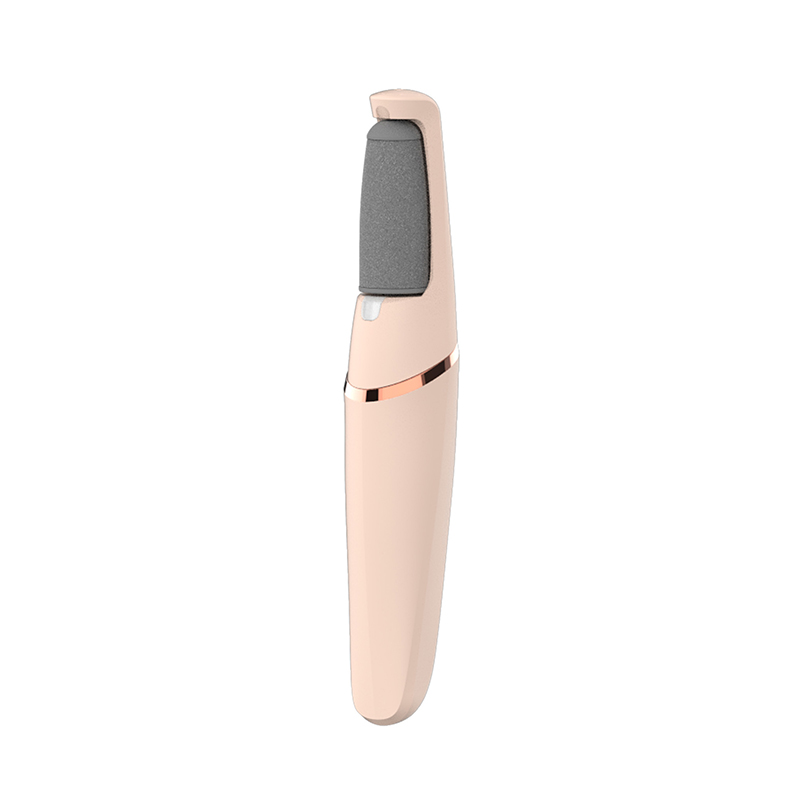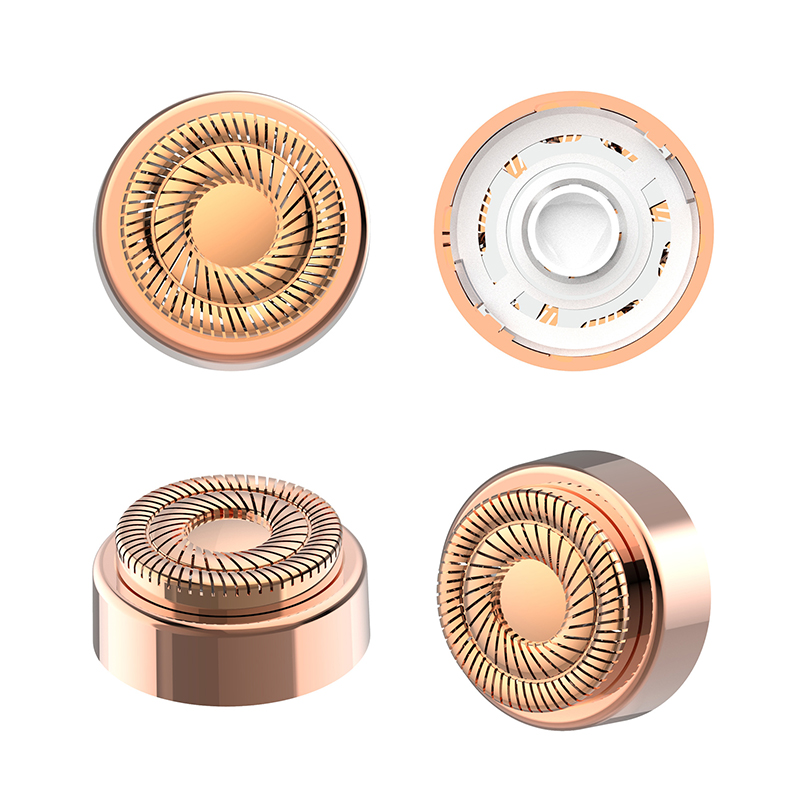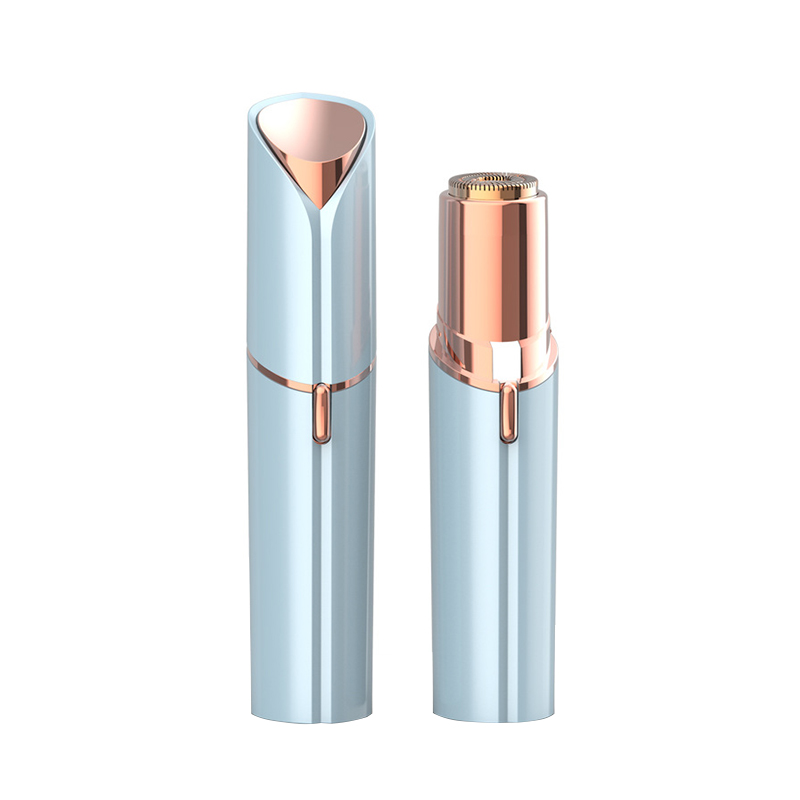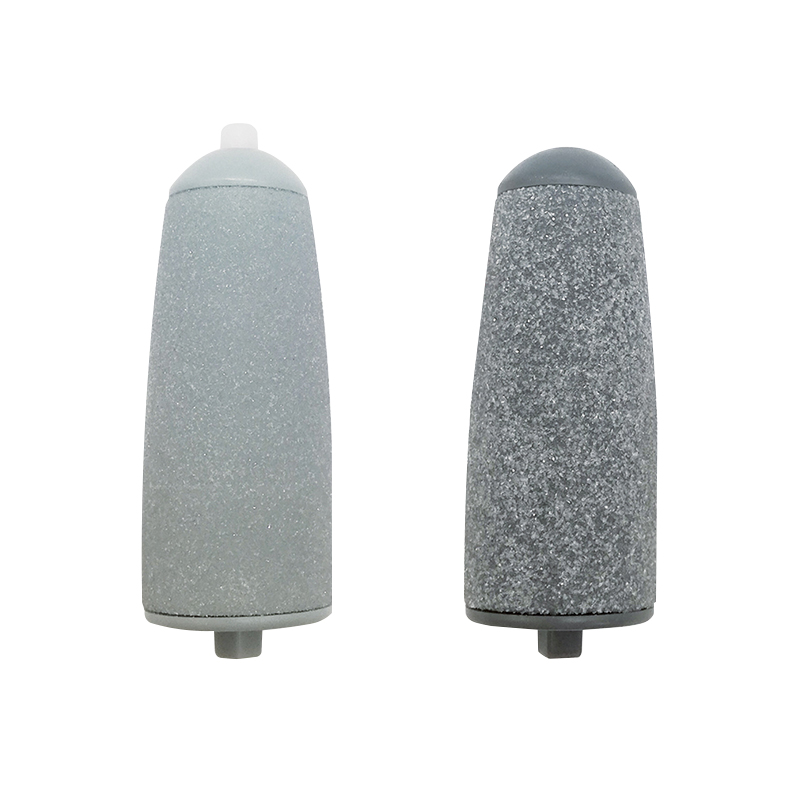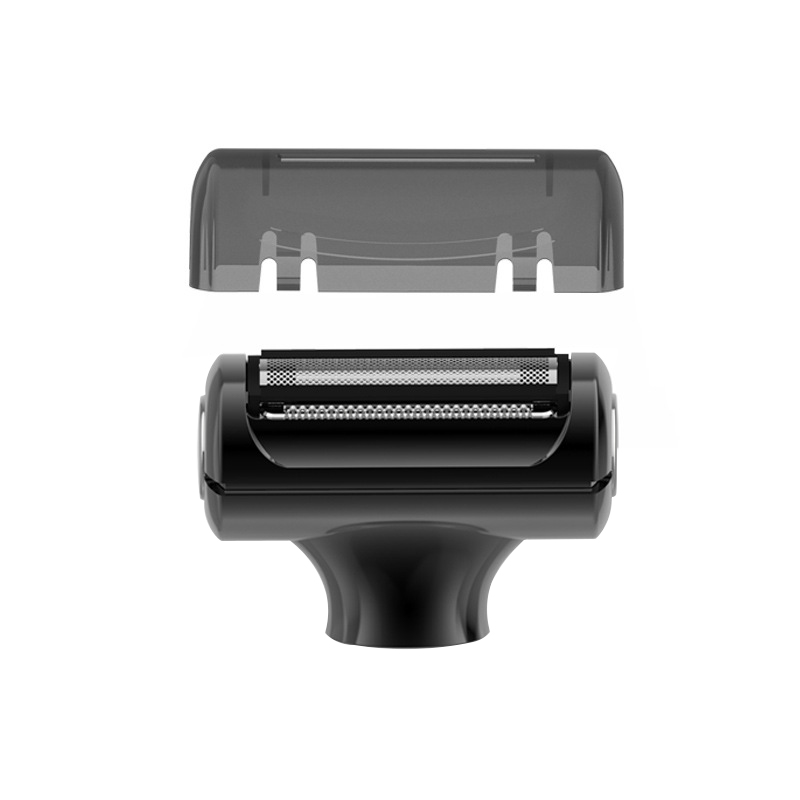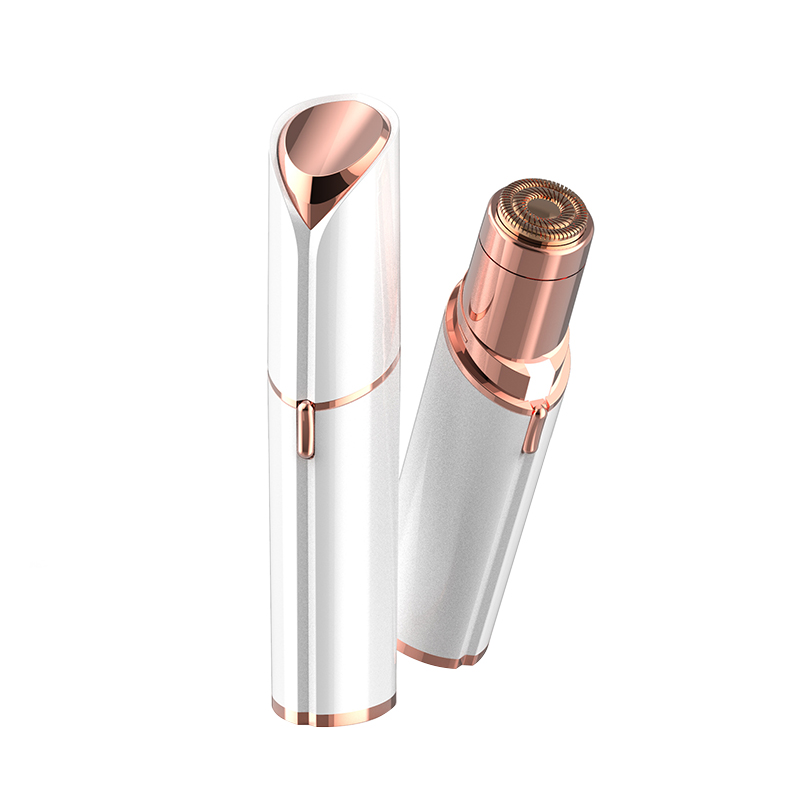The quest for smooth, hair-free skin has long been dominated by two traditional methods: waxing and shaving. Both approaches have loyal followings, but advancements in beauty technology have introduced a third contender—the Facial Hair Remover. Promising pain-free results and long-lasting smoothness, these devices are gaining traction. But can they truly replace waxing or shaving?
The Pros and Cons of Traditional Methods
Waxing, which removes hair from the root, delivers results lasting up to four weeks. However, it is often accompanied by discomfort, redness, and risks of ingrown hairs. Shaving, while quick and painless, offers short-term results (1–3 days) and may cause irritation or cuts. Both methods require frequent upkeep, making them time-consuming for many users.
How Does a Facial Hair Remover Work?
Modern Facial Hair Removers are electric devices designed to gently exfoliate the skin while capturing and removing fine facial hair. Unlike waxing, they do not pull hair from the root but instead trim it at the surface level using rotating heads or micro-blade technology. Brands claim these tools reduce irritation, minimize regrowth over time, and are suitable for sensitive areas like the upper lip or cheeks.
Reviews from consumers highlight mixed outcomes. Some praise the devices for their ease of use and minimal discomfort, while others report uneven results or frustration with slower hair removal compared to waxing.
While Facial Hair Removers present a compelling alternative for daily or weekly upkeep, they are unlikely to fully replace waxing for those prioritizing longevity. Shaving remains the fastest option but lacks precision for facial areas.



